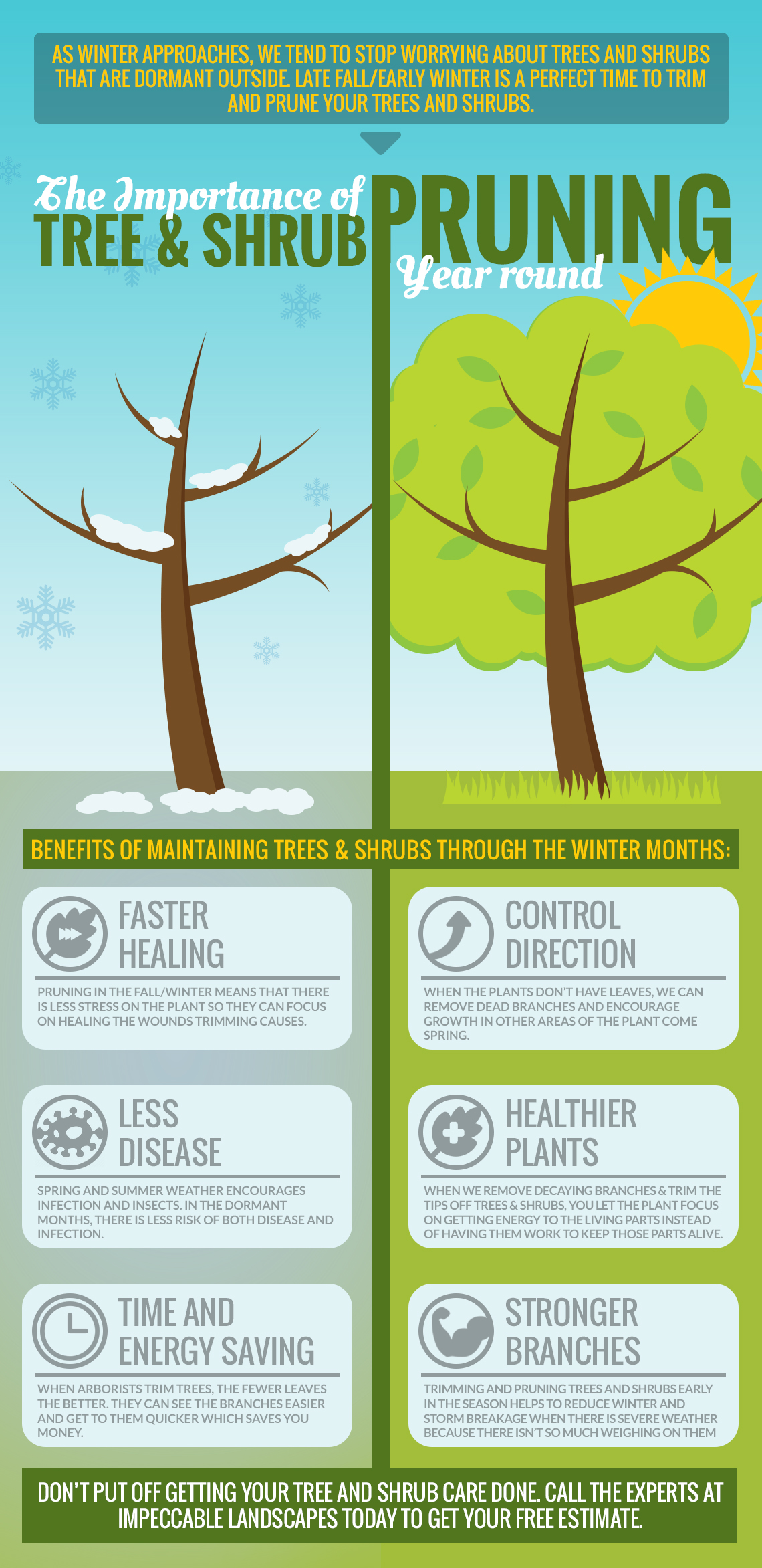Try To Find Vital Indications That Indicate Your Tree May Be Hazardous; Knowing These Can Safeguard Your Property And Enjoyed Ones. What Should You Watch For Next?
Try To Find Vital Indications That Indicate Your Tree May Be Hazardous; Knowing These Can Safeguard Your Property And Enjoyed Ones. What Should You Watch For Next?
Blog Article
Published By-Troelsen Goodman
When it comes to tree care, acknowledging the indications that it's time for elimination is essential for your safety and security and property. You might observe tarnished leaves, wilting branches, or weird fungal developments suggesting health issue. Architectural problems, like a substantial lean or splits in the trunk, can additionally posture risks. Recognizing these indication can assist you make informed decisions regarding your trees and stop possible threats hiding in your backyard. What should you look for next?
Signs of Degeneration and Disease
When you notice indicators of decay and illness in your trees, it's essential to act rapidly. Seek discolored fallen leaves, wilting branches, or unusual developments like fungus. These can indicate that your tree is struggling.
If you see fractures in the bark or soft, mushy wood, these signs suggest inner degeneration. Additionally, an unexpected increase in pests around your tree can indicate that it's compromised and prone.
Look for any type of dead or dying limbs, as they position a danger to your residential property and safety and security. If you doubt regarding what you see, speaking with an arborist can supply clarity.
Attending to these indicators early can save you from a lot more considerable damage and make certain the wellness of your lawn. Do not wait until it's too late.
Structural Instability and Leaning
As you observe your trees, watch out for any type of indicators of architectural instability or leaning. If a tree leans dramatically, it might show that the origin system is compromised.
Try to find any kind of cracks in the trunk or soil around the base; these can signal prospective failure. Furthermore, check for unusual development patterns, like a lopsided crown, which might recommend that the tree is having a hard time to hold itself upright.
If Highly recommended Site observe that the tree favors your home, power lines, or other frameworks, it postures a better danger. Do not ignore these signs-- speak with an arborist to evaluate the circumstance.
Doing something about it early can avoid pricey damage and guarantee your security.
Dead or Dying Branches and Vegetation
If you observe dead or dying branches and vegetation on your tree, it's a clear sign that something's incorrect.
These unhealthy areas can indicate underlying problems like condition, parasite infestations, or environmental anxiety. When branches lose their leaves or turn brownish, they're no more contributing to the tree's health. Disregarding these indicators can cause further decrease, making your tree more dangerous.
Dead branches can easily break short during storms, positioning a threat to property and people nearby. It's critical to examine the level of the damage.
If the problem impacts a considerable part of the tree, take into consideration speaking with an expert. They can assist figure out if removal is necessary to guarantee safety and security and keep the elegance of your landscape.
Final thought
If you see any type of indications of degeneration, architectural instability, or dead branches on your trees, don't disregard them. These indicators can posture major security dangers to you and your residential or commercial property. https://dantekelcv.blog-eye.com/35420389/prior-to-beginning-tree-elimination-make-certain-to-find-out-vital-precaution-and-methods-that-can-aid-prevent-mishaps-and-make-certain-a-successful-task-your-security-is-important 's always best to get in touch with a professional arborist who can give an expert evaluation of your trees. Acting early can avoid accidents and pricey damage, ensuring your landscape stays risk-free and healthy. Remember, it's better to be proactive about tree care than to wait on a catastrophe to take place.
